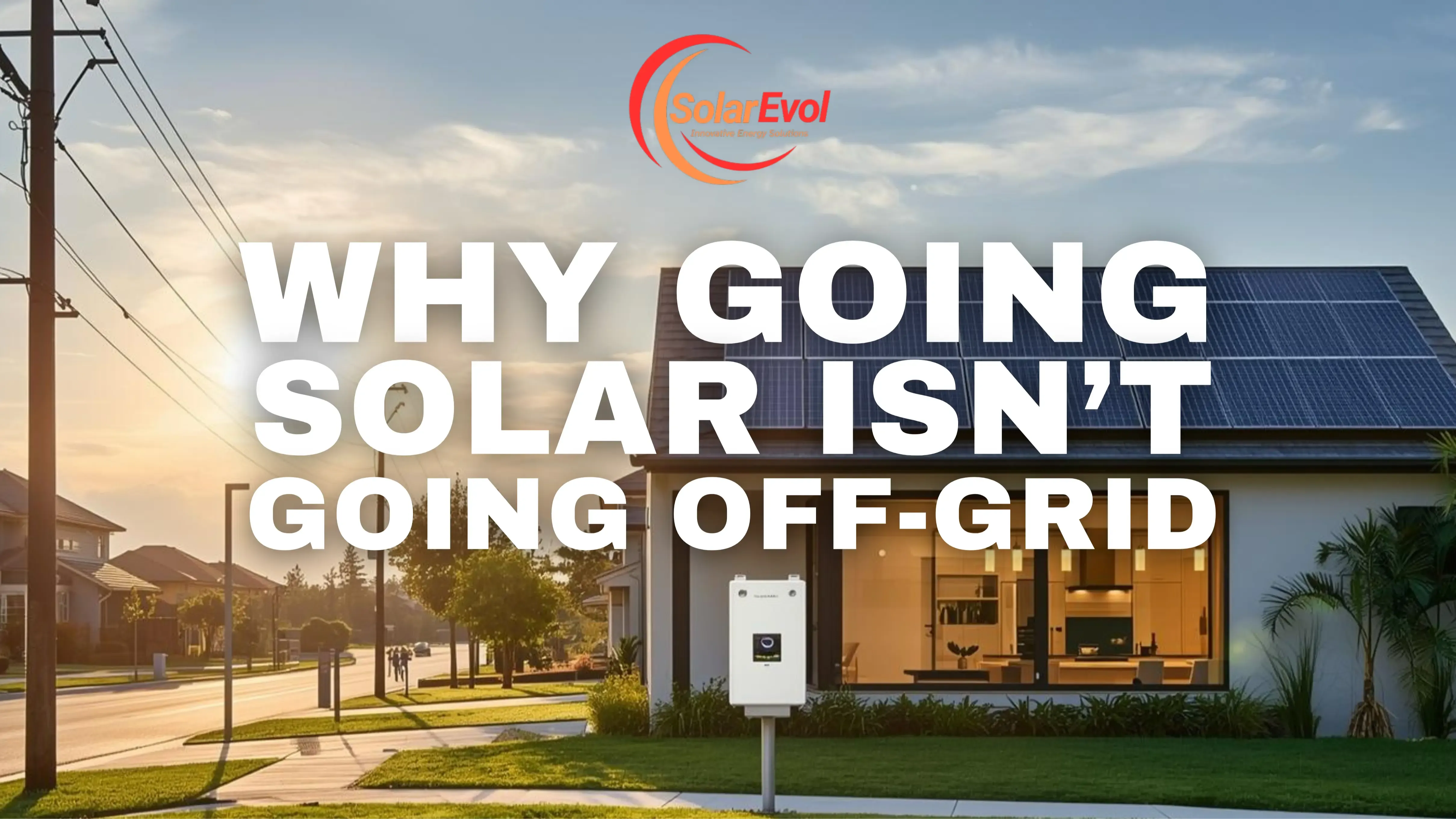
Infranaut Explores Electrified Glass
Jun 09, 2025Monday, June 09, 2025
At first glance, it looked like an ordinary pane of glass.
Thin. Sleek. Set into the west-facing façade of a research lab in Albuquerque. But as the sun dropped lower on the horizon, something strange happened. The glass shimmered—not with reflection, but with function. Inside, screens lit up. Small devices powered on. Outside, a light strip along the frame blinked green.
Power was being generated.
Not from the roof.
Not from hidden wires.
But from the glass itself.
Standing at the edge of the observation room, notebook in hand, was Infranaut—a multidisciplinary designer, futurist, and systems thinker with a deep fascination for the way architecture and energy intersect. They’d heard whispers of Electrified Glass™, but nothing prepared them for seeing it in action.
🧠 What Exactly Is Electrified Glass™?
For years, solar meant panels. Rigid rectangles, bolted onto roofs or mounted in neat rows on the ground. But Electrified Glass™—sometimes referred to in the research world as transparent photovoltaic glazing—represents a radical shift: a material that looks like glass, acts like glass, but quietly generates electricity from ambient light.
Unlike traditional panels that need direct sunlight, this next-gen material harvests diffuse light—from cloudy skies, reflections, even indoor sources. It does this using nano-scale photovoltaic layers embedded in the glass structure, tuned to absorb non-visible wavelengths (like UV or infrared), while still remaining mostly transparent to the human eye.
To most, it looks like smart glass. But it’s smarter. It’s active.
🎯 The Vision: Invisible Infrastructure
Infranaut had been thinking about embedded energy for years—how cities might function if power wasn’t centralized, but diffused. What if skyscrapers generated their own electricity through their windows? What if bus stops powered their own signage? What if the buildings of tomorrow didn’t just consume—they contributed?
The idea wasn’t far-fetched. Buildings already account for nearly 40% of global energy consumption. Integrating generation directly into building materials—not just placing tech on top—was the logical next frontier.
Electrified Glass™ wasn’t just about sleek innovation. It was about redefining the energy landscape. Quietly. Beautifully.
⚠️ But the Tech Isn’t Without Challenges
As Infranaut dove deeper, they discovered what the headlines didn’t say.
While Electrified Glass™ dazzled in concept, its implementation raised critical issues:
- Efficiency trade-offs: Transparent solar glass often captures less energy than traditional opaque panels, making system sizing and placement absolutely vital.
- Regulatory gray zones: Building codes often don’t yet account for active glass in energy modeling or fire safety classifications.
- Cost complexity: The glass itself is expensive, but not just because of the tech—it often requires custom fabrication, specialized installers, and integration with existing building management systems.
- Durability and lifespan: How do these materials perform under decades of weather exposure, structural stress, and routine cleaning?
And then there was funding. Electrified Glass™ straddles two categories: energy tech and architectural material. Which means it doesn’t always qualify neatly for solar grants or façade incentives. Some developers didn’t even know where to begin when budgeting for it.
Infranaut saw the potential—but also the gaps that innovators rarely discuss publicly.
🔧 Where Strategy Meets Curiosity
Refusing to see the challenges as dead ends, Infranaut began to map pathways for early adopters:
They reached out to cities trialing green building innovation funds and found a few that allowed flexible categories—including next-gen fenestration systems. In Vancouver and Copenhagen, Electrified Glass™ had qualified for net-zero envelope pilots, opening doors to early-stage support.
They collaborated with a group of material scientists to better understand how nano-coating degradation might affect long-term output, exploring possible modular replacement designs.
And they joined a cross-border working group advocating for updated solar definitions in building codes—to recognize energy-producing façades as part of formal infrastructure, not novelty features.
Bit by bit, the picture sharpened: this wasn’t a fringe trend. It was a missing piece in the broader story of distributed generation.
🔁 The Shift: From Experimental to Essential
By the end of their research trip, Infranaut was no longer just observing Electrified Glass™—they were specifying it in design proposals.
In a prototype school campus project, they outlined a window-wall system that powered lighting, digital signage, and emergency backup—all without drawing from the grid during daylight hours.
In a municipal bus terminal redesign, they paired Electrified Glass™ with battery-integrated benches, creating a public space that could store and deploy its own energy on-site.
It wasn’t just about novelty. It was about resilience. About removing dependence from fragile central systems—and building micro-generative nodes into everyday surfaces.
💡 Sometimes the Future Isn’t Flashy—It’s Embedded
Electrified Glass™ isn’t the kind of tech that screams for attention.
It doesn’t rotate with the sun or gleam with silicon.
It just sits there, quiet, clear—and working.
For those watching closely, it represents something profound: the fading boundary between structure and system. Between what a building is, and what it does.
“We talk about solar as something you add,” Infranaut wrote in their notes.
“But maybe the next wave isn’t additive. Maybe it’s integrated. Hidden. Beautiful. Normal.”
And maybe that’s how energy should feel:
Not like a bolt of lightning.
But like light, quietly doing the work, built into the very glass you look through every day.
Stay connected with news and updates!
Join our mailing list to receive the latest news and updates from our team.
Don't worry, your information will not be shared.
We hate SPAM. We will never sell your information, for any reason.












